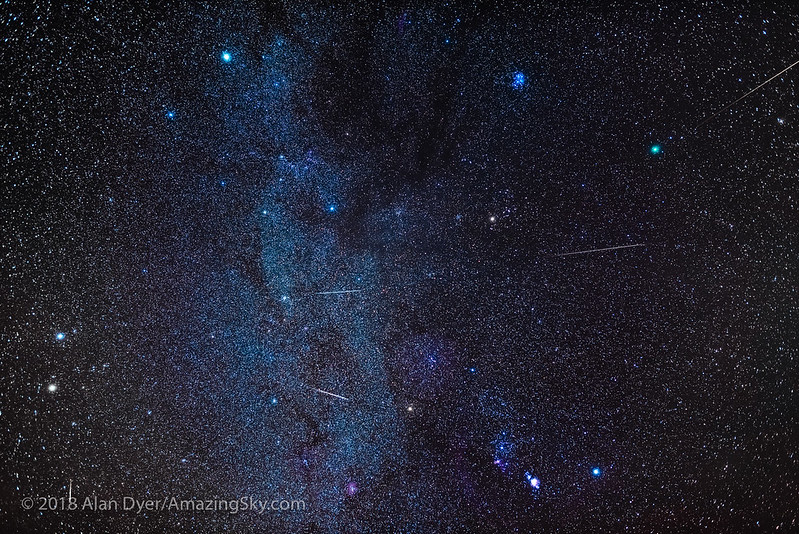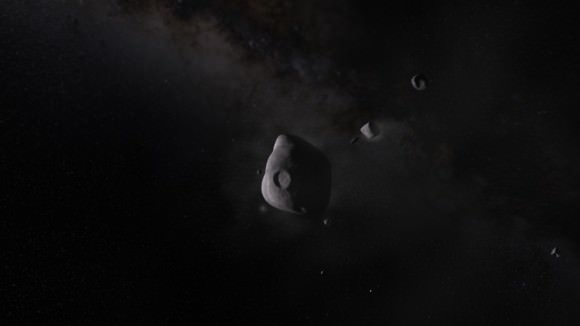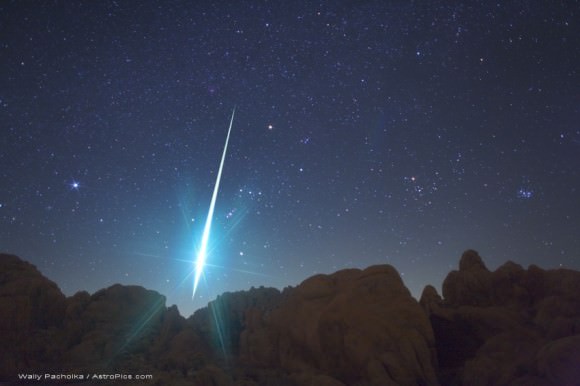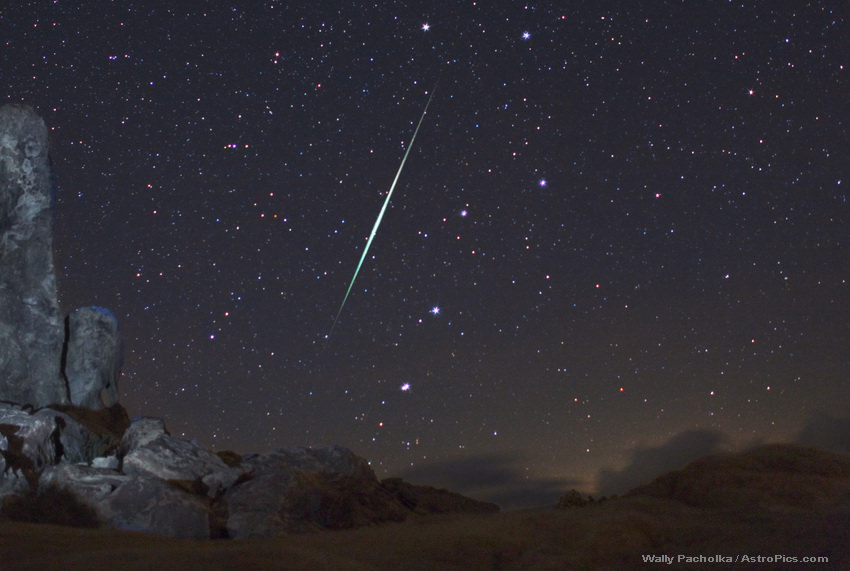We’ve all read the advice, during a meteor shower there is no equipment needed. All you need to do is lay back and wonder at one of the most spectacular sights the universe has to offer. That’s about it though and while you lay back on a lounger and watch it really can be a wonderfully grounding and relaxing experience. Unless you happen to be on National TV and miss a meteor behind your head and just tell the world there’s nothing to see. Not that I’m bitter about that of course!
Continue reading “Can Meteor Showers Be Dangerous to Spacecraft?”December Meteor Squalls: Prospects for the 2019 Geminids and Ursids

December means chillier climes for northern hemisphere residents, a time to huddle inside near the campfire, both real and cyber. I’ve always thought this was a shame, as the cold crisp nights of winter also offer up sharp, clear skies. Over the past decade or so, December gives observers another reason to brave the cold: the Geminids.
Continue reading “December Meteor Squalls: Prospects for the 2019 Geminids and Ursids”Coming Attraction: Geminid Meteor Shower 2011
[/caption]
It’s the finale of this year’s meteor showers: The Geminids will start appearing on Dec. 7 and should reach peak activity around the 13th and 14th. This shower could put on a display of up to 100+ meteors (shooting stars) per hour under good viewing conditions.
However, conditions this year are not ideal with the presence of a waning gibbous Moon (which will be up from mid-evening until morning). But seeing meteors every few minutes is quite possible. Geminid meteors are often slow and bright with persistent coloured trails which can linger for a while after the meteor has burned up.
There is something unusual about the Geminid meteor shower, as normally meteor showers are caused by the Earth ploughing through the debris streams created by comets and their tails. But the object that created the specific stream of debris associated with the Geminids is not a dusty icy comet, but a rocky asteroid called Phaethon 3200.
Phaethon 3200 belongs to a group of asteroids whose orbit cross the Earth’s. It turns out to be an unusual member of that group: Not only does it pass closer to the Sun than the others but it also has a different colour, suggesting a different composition to most asteroids.

One of the curious things about the Geminid particles is that they are more solid than meteoroids known to come from comets. This is good for meteor watchers; giving us brighter meteors.
Observations by astronomers over decades have shown that meteor rates have increased as we reach denser parts of the stream.
It is not known exactly when the asteroid was deflected into its current orbit, but if it was originally a comet it would have taken a long time for all the ices to have been lost. However, it is possible that it may have been a stony asteroid with pockets of ice.
We are unsure of the origins and appearance of Phaethon 3200, but its orbit has left us with a unique legacy every December, with little steaks of light known as the Geminid meteor shower.
You will only need your eyes to watch the meteor shower, you do not need telescopes binoculars etc, but you will need to be patient and comfortable. See this handy guide on how to observe meteors
During a meteor shower, meteors originate from a point in the sky called the radiant and this gives rise to the showers name e.g. The Geminids radiant is in Gemini, Perseids radiant is in Perseus etc.
Don’t be mislead by thinking you have to look in a particular part of or direction of the sky, as meteors will appear anywhere and will do so at random. You will notice that if you trace back their path or trajectory it will bring you to the meteor showers radiant. The exception to this rule is when you see a sporadic or rogue meteor.
Tell your friends, tell your familly and tell everyone to look up and join in with the Geminid meteorwatch on the 12th to the 14th December 2011. Use the #meteorwatch hashtag on twitter and visit meteorwatch.org for tips and guides on how to see and enjoy the Geminids and other meteor showers.



